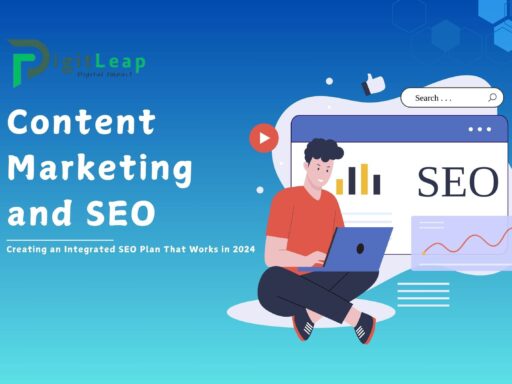Migrating your website on a global scale can be a complex and challenging project, but with the right strategy in place, it can also be a tremendous opportunity to boost your online presence. Whether you’re consolidating multiple domains, rebranding, or moving to a new platform, careful planning and execution are essential to minimize disruptions and maintain your SEO performance. Here are eight critical steps to help you navigate a global site migration successfully.

1. Develop a Detailed Migration Plan
Before you begin, create a comprehensive migration plan that outlines every aspect of the process. This plan should include a timeline, key milestones, responsibilities for each team member, and contingency plans for potential issues. A clear roadmap ensures that all stakeholders are aligned and that every phase of the migration is documented for future reference.
2. Conduct a Thorough SEO Audit
Perform an in-depth SEO audit of your existing site to identify high-performing pages, valuable backlinks, and critical keywords. This audit will serve as a benchmark for your post-migration performance. Ensure that you catalog all URLs, meta data, and content elements that need to be transferred or updated during the migration.
3. Map Old URLs to New URLs
One of the most vital steps is to create a detailed URL mapping strategy. Map every old URL to its corresponding new URL to avoid broken links and loss of link equity. This process helps maintain the integrity of your existing SEO performance and ensures that users are seamlessly redirected to the right pages.
4. Implement 301 Redirects
Setting up 301 redirects is crucial for preserving your search engine rankings. These redirects inform search engines that your content has permanently moved, allowing them to transfer the SEO value from your old URLs to the new ones. Test all redirects thoroughly before the migration to catch any potential issues that could lead to 404 errors or lost traffic.
5. Update Internal Links and Sitemaps
Once you have your URL mapping and redirects in place, update all internal links on your site to reflect the new structure. This includes navigation menus, contextual links within content, and footer links. Additionally, create and submit a new XML sitemap to search engines to help them quickly index your updated site.
6. Test Rigorously in a Staging Environment
Before going live, test your new site in a staging environment to identify and resolve any issues. Conduct comprehensive tests to verify functionality, design consistency, mobile responsiveness, and load times. Running user experience tests can also provide valuable feedback to ensure a smooth transition for your visitors.
7. Monitor Performance Closely Post-Migration
After the migration, keep a close eye on your website’s performance using tools like Google Analytics and Google Search Console. Monitor key metrics such as organic traffic, bounce rates, and rankings to detect any unexpected changes. This ongoing analysis will help you quickly address any issues that arise and fine-tune your strategy as needed.
8. Communicate with Stakeholders and Plan a Post-Migration Review
Effective communication is key throughout the migration process. Inform your internal teams, partners, and even loyal customers about the upcoming changes. Once the migration is complete, conduct a post-migration review to evaluate what went well and identify areas for improvement. Gathering feedback and analyzing data will be invaluable for future projects.
Conclusion
Global site migrations can be complex, but by following these eight steps, you can minimize disruptions, preserve your SEO performance, and unlock new opportunities for growth. A well-executed migration not only protects your existing digital assets but also sets the stage for enhanced user experiences and long-term success in a competitive online landscape.
Take the time to plan, test, and monitor every phase of your migration process, and you’ll be well on your way to reaping the benefits of a streamlined, globally optimized website.






